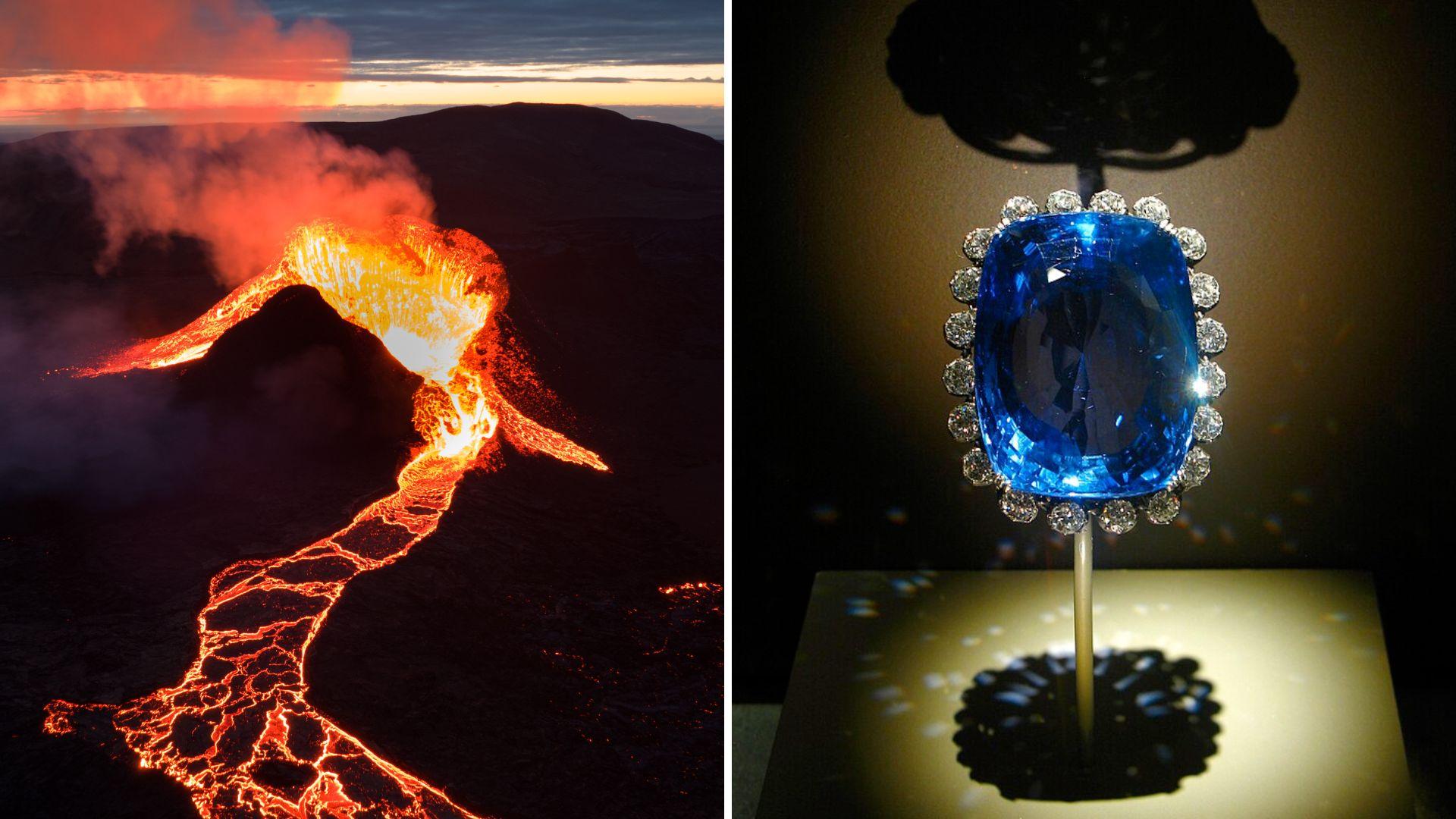Crystals, jewels, gemstones—whatever you tend to call them, you almost certainly think that they are stunning. Whether your favorites are diamonds, emeralds, quartz, or something else, it is easy appreciate this gorgeous natural phenomenon.
In the region of Eifel, Germany—which is often renowned for its volcanic activity—an extraordinary, glittery discovery awaits. Hidden within the sediment of the Kyll River are tiny, breathtaking blue gemstones: sapphires measuring just 0.9 mm in diameter. However, these gems offer more than just visual appeal; their significance extends beyond their beauty.
An Introduction to Sapphires

Sapphires are prized gemstones primarily made up of aluminum oxide, also known as corundum. Their renowned blue color results from the presence of certain impurities within the stone, which can be described as “contaminants.” This unique coloration is a hallmark of sapphires, setting them apart from other gems.
Interestingly, sapphires are typically unearthed in areas where volcanic rocks with low silicon content are prevalent. This suggests that these gemstones, which are found on the surface of the Earth, likely originate from deeper layers of the crust and are transported to the surface by rising magma.
Studying the Formation of Sapphires

The formation of sapphires in such intense, fiery environments seems counterintuitive compared to our usual image of gemstones forming in relatively calm and serene conditions. Yet, sapphires emerge from these dynamic volcanic settings, which contrasts sharply with the peaceful imagery often associated with gemstone creation.
Addressing this intriguing puzzle are researchers from Heidelberg University in Germany, including Dr. Axel Schmitt—a researcher at Curtin University, Australia, and an honorary professor at Heidelberg University. These experts are meticulously investigating how these stunning blue gemstones come to be within the chaotic, high-temperature conditions of volcanic activity. They are aiming to uncover the secrets behind sapphire formation.
Germany’s Jewels
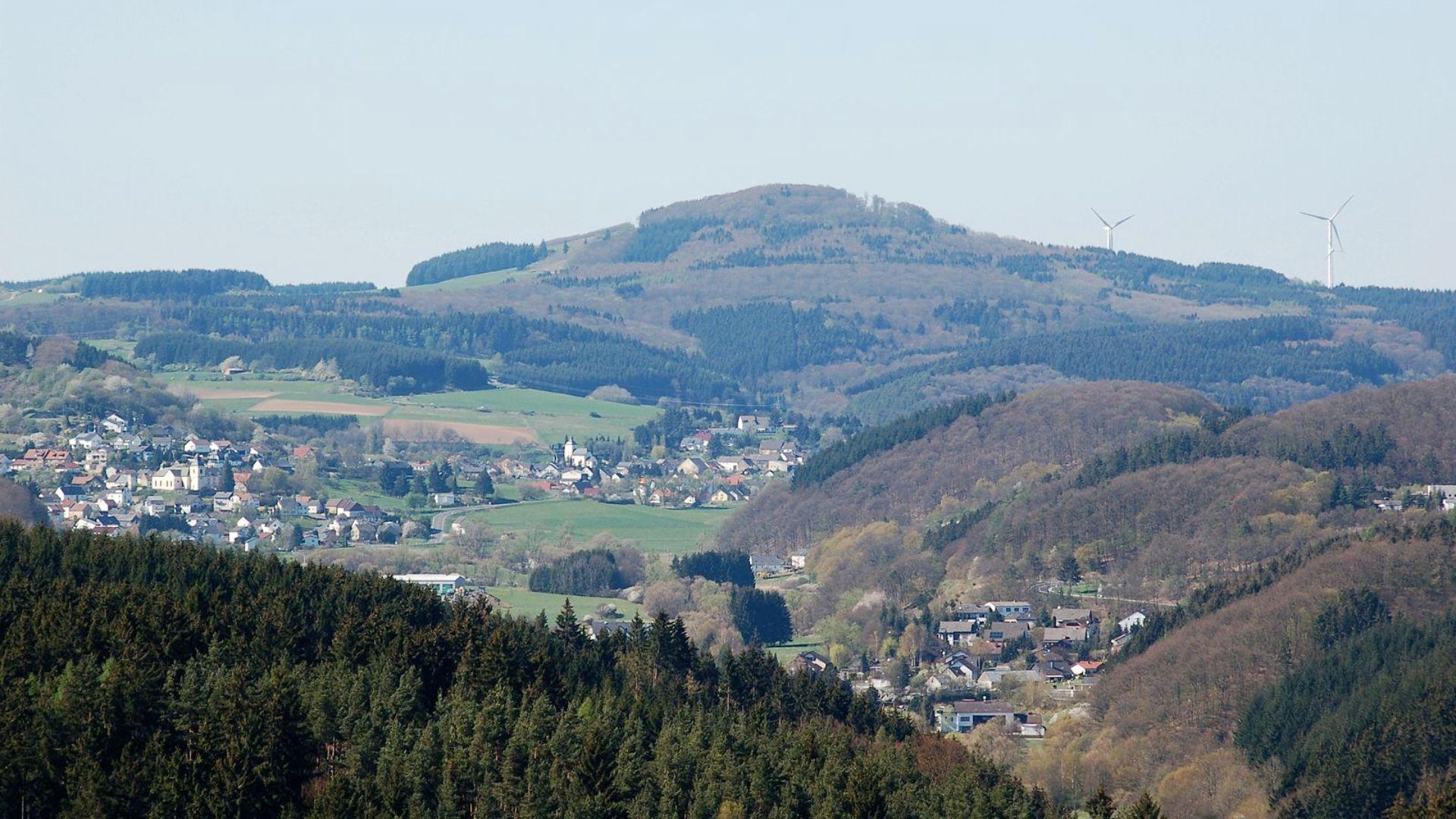
Our exploration of sapphires takes us to Eifel, a mountainous volcanic region in Germany. Over the past 700,000 years, magma from the Earth’s mantle has been slowly ascending through the crust in this area, leading to a fascinating geological phenomenon.
Geologists are particularly intrigued by the connection between the magma in Eifel—which is low in silicon but rich in sodium and potassium—and the abundance of sapphires in the region. This relationship presents a compelling mystery that researchers are keen to unravel.
Collecting Sapphires in Sediment
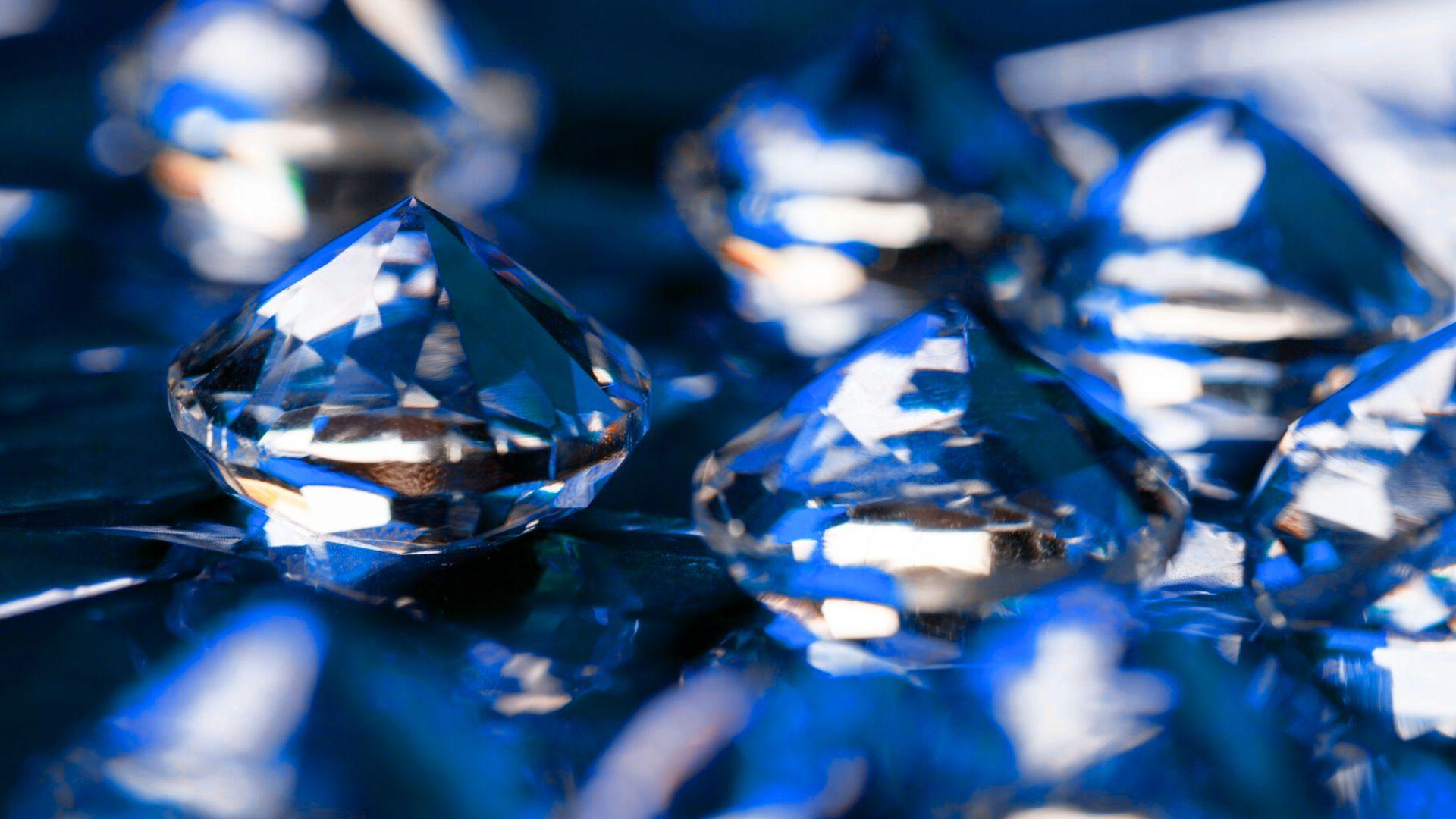
Sapphires are extremely prevalent and surprisingly easy to find in the Eifel mountains. The Heidelberg University research team studied 223 sapphires from the Eifel region.
Sebastian Schmidt—who conducted the research as part of his master’s degree—explained how sapphires can be collected: “Like gold, sapphire is very weathering-resistant compared to other minerals. Over protracted time periods, the grains are washed out of the rock and deposited in rivers. Because of their high density, they are easy to separate from lighter sediment components using a gold pan.”
Analyzing the Sapphires

To uncover the origins of these sapphires, researchers discovered their age by using the uranium-lead dating method on mineral inclusions within the stones. This technique also allowed them to uncover and analyze the composition of oxygen isotopes in the sapphires.
The results were striking. The sapphires from Eifel were found to have formed concurrently with the volcanic activity in the region. Some of these gemstones exhibited isotopic signatures indicative of mantle melts that had interacted with partially melted crustal rock at depths of around 5 to 7 kilometers. Others appeared to have crystallized when molten material from beneath the surface infiltrated surrounding rocks, triggering their formation.
The Importance of Water
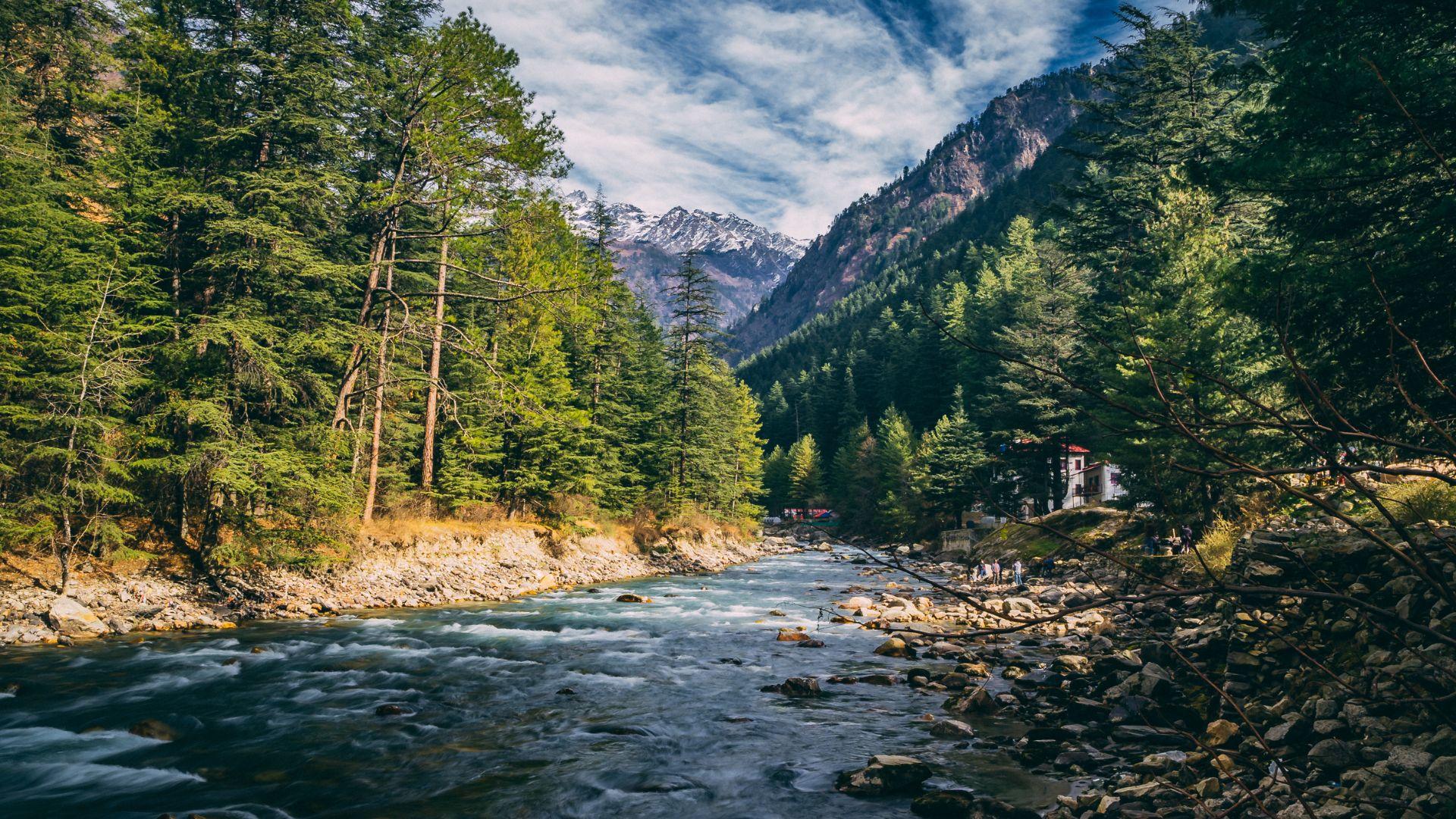
Water is crucial in the remarkable process of sapphire formation within volcanic environments. As magma rises through the Earth’s crust, it often interacts with water-rich areas, leading to a process called metasomatism.
In this process, fluid rich in various elements interacts with the surrounding rock, facilitating the movement of aluminum and other essential components required for sapphire formation. This interaction not only promotes the growth of sapphires but also contributes to their distinct chemical characteristics.
A Complicated Process
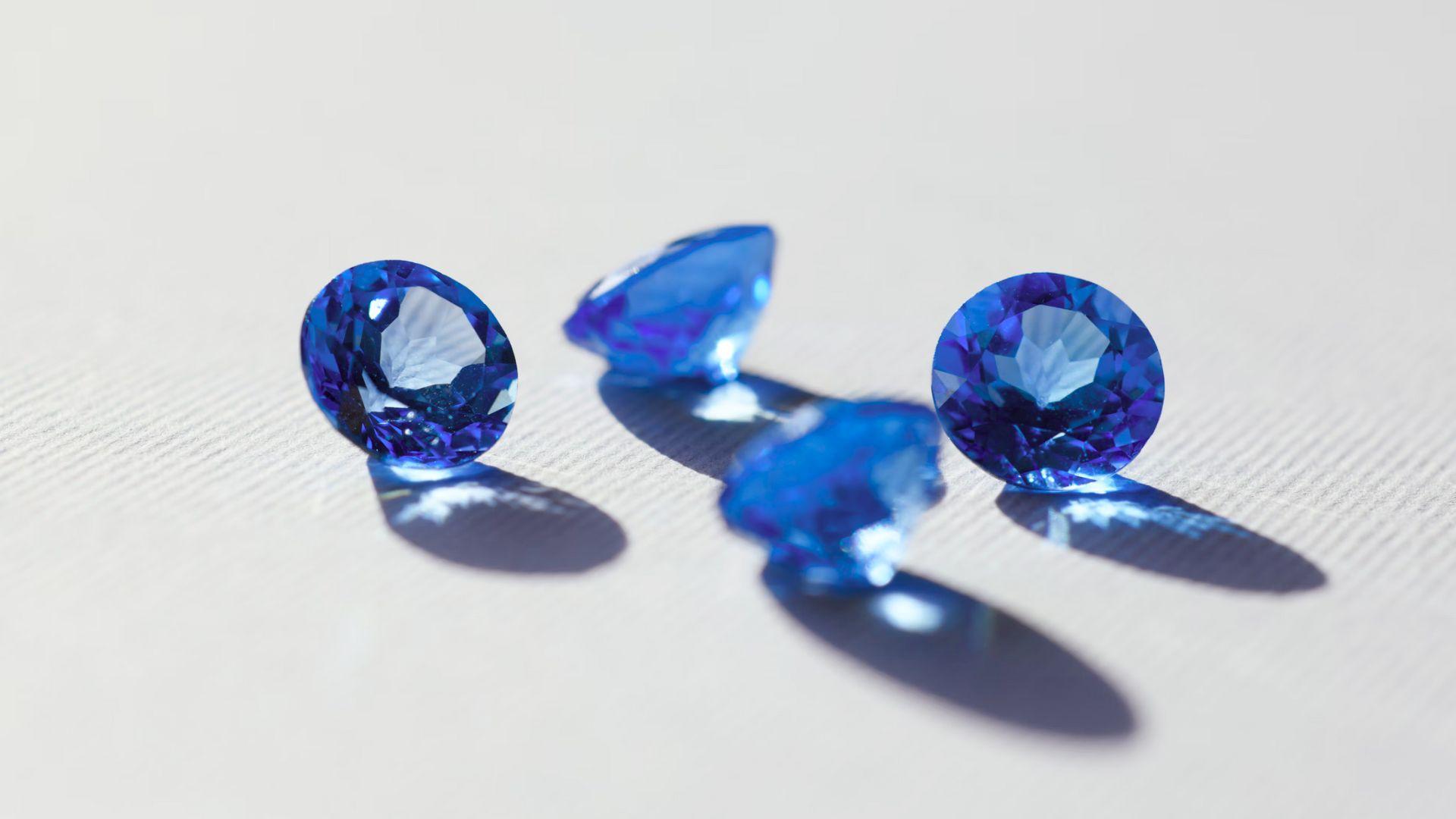
Through their research, the experts discovered the processes which contribute to sapphire formation. “In the Eifel, both magmatic and metamorphic processes, in which temperature changed the original rock, played a role in the crystallization of sapphire,” explained Schmidt.
Therefore, as these sapphires surface, they represent more than just a beautiful gem: they are a symbol of Earth’s immense power. Additionally, they offer valuable insights into the workings of our planet’s interior.
Volcanic Study
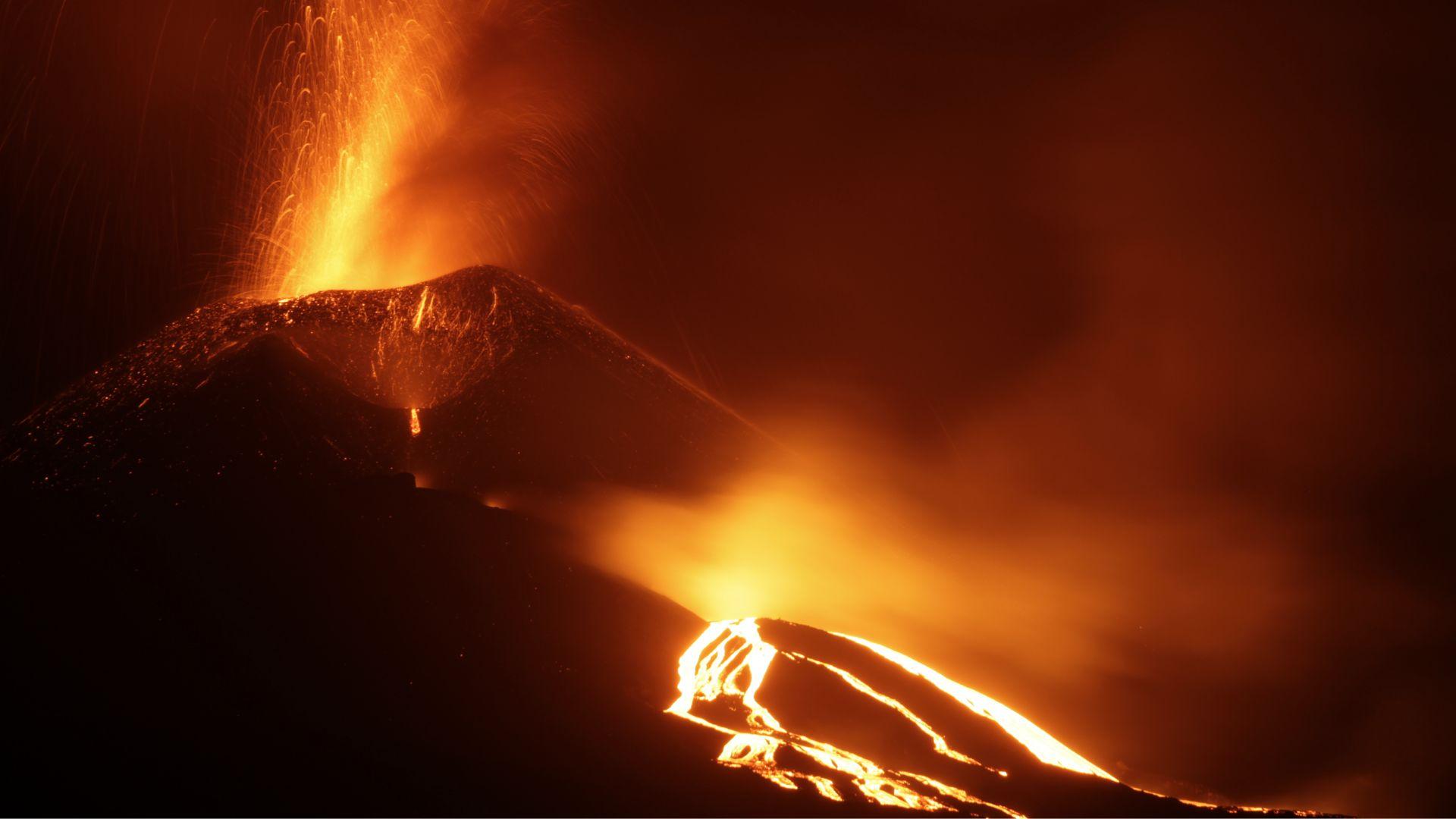
Discovering and studying sapphires from Eifel offers more than just insights into the formation of gemstones; it also enhances our understanding of volcanic processes. The study of these gems provides valuable information about the volcanic conditions that led to their formation.
Through the analysis of sapphires and their origins, geologists can better comprehend the behavior of magma and how it interacts with different geological materials. This knowledge helps to unravel the complexities of volcanic activity and the movement of magma within the Earth’s crust.
An Important Collaboration

The cooperation between geologists and gemologists is crucial for deciphering the intricate stories held within these gemstones. This collaborative effort not only sheds light on the geological history of Eifel but also drives advancements in the study of gemstone formation and volcanic activity.
The impact of this interdisciplinary work reaches beyond the study of sapphires, encouraging a wider exploration of earth sciences. It opens up new avenues for understanding various geological processes and contributes to the broader field of scientific research.
The Story Behind Stunning Sapphires
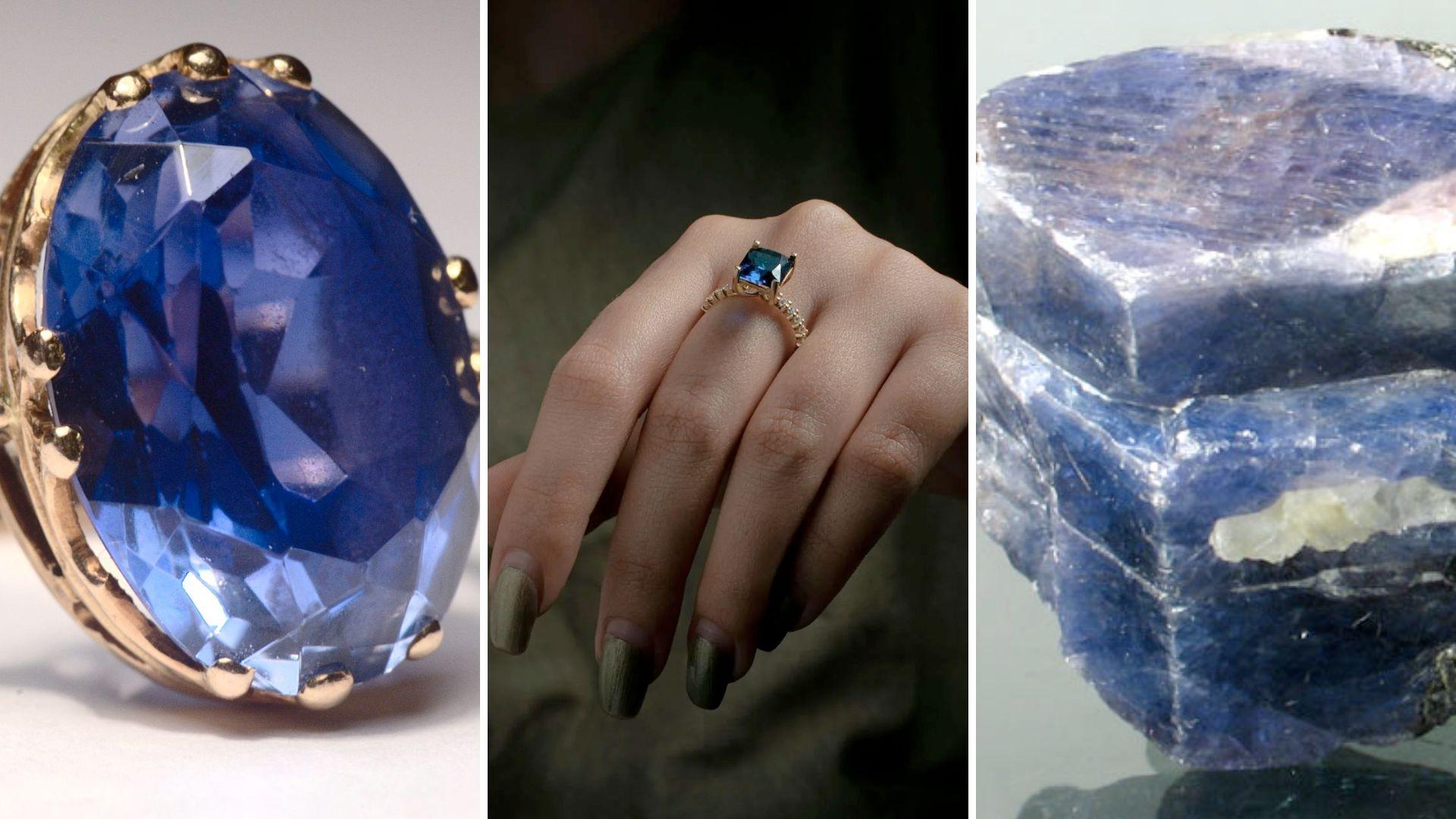
Interdisciplinary science helps us to more comprehensively study and understand our planet. From gorgeous mountain ranges, to dazzling gemstones, to dangerous yet magnificent magma, the study of these beautiful sapphires involved many experts. If we are willing to collaborate with one another, we may be able to discover things that would have been impossible as an independent endeavor.
Next time you gaze upon a sapphire, take a moment to appreciate its incredible journey from the intense heat of the Earth’s depths to its dazzling presence on the sunlit surface.

